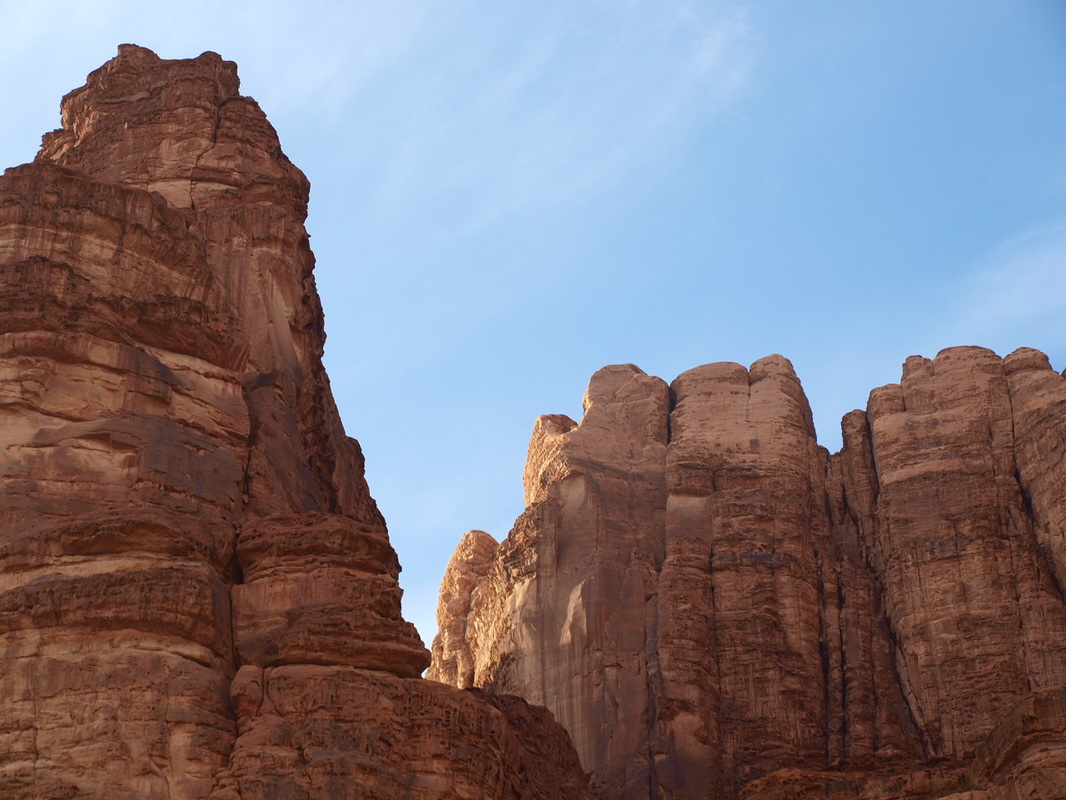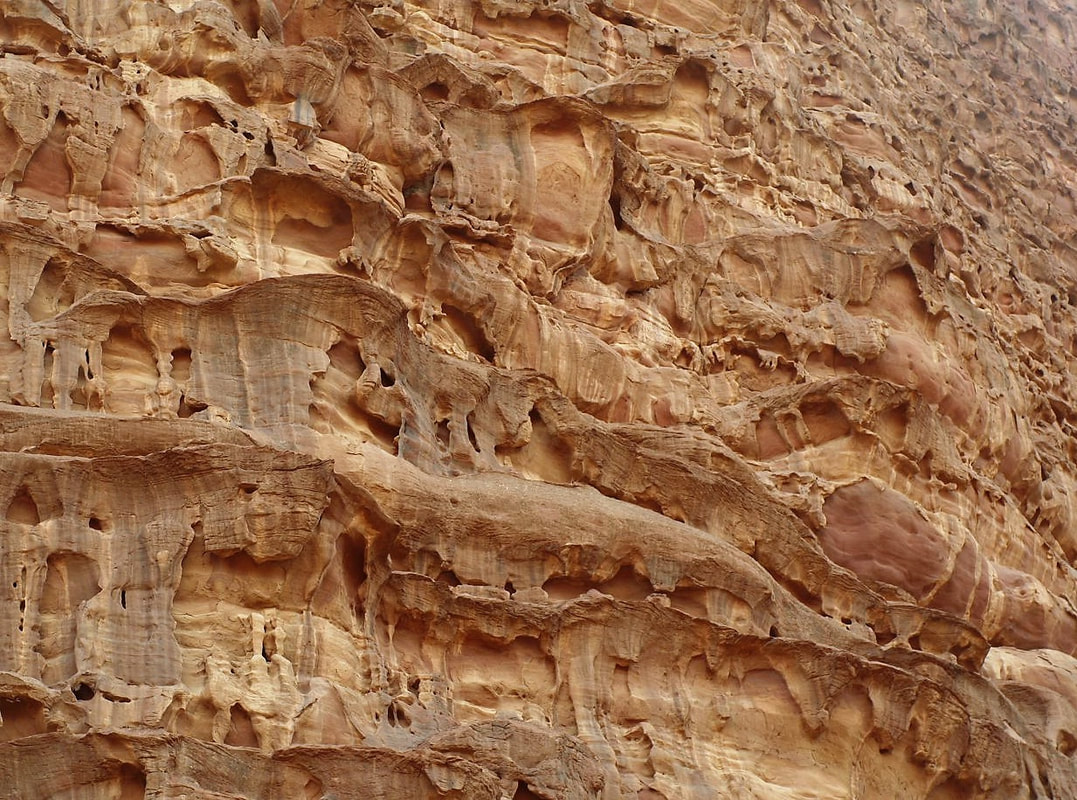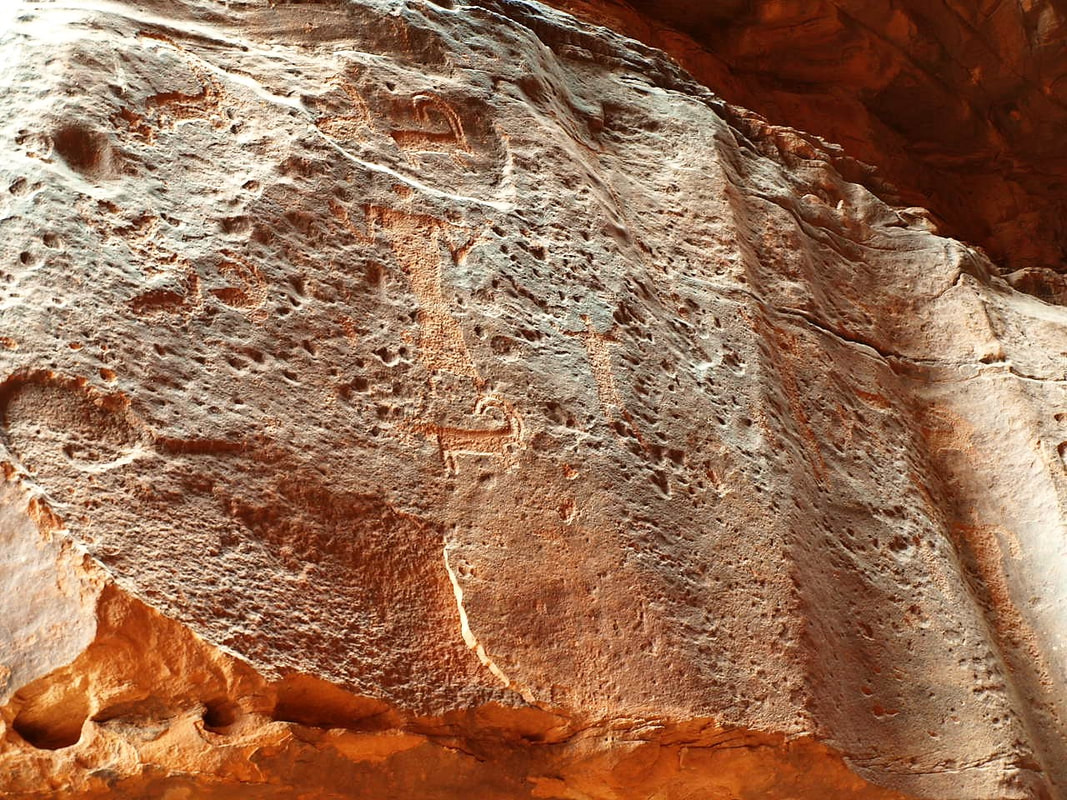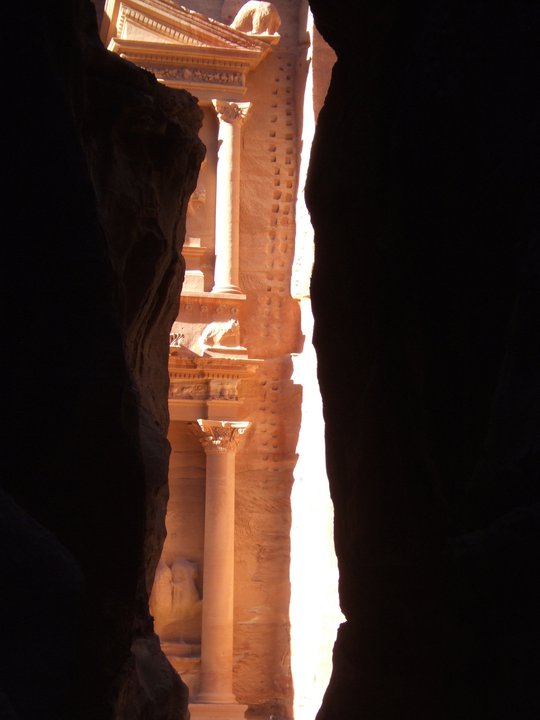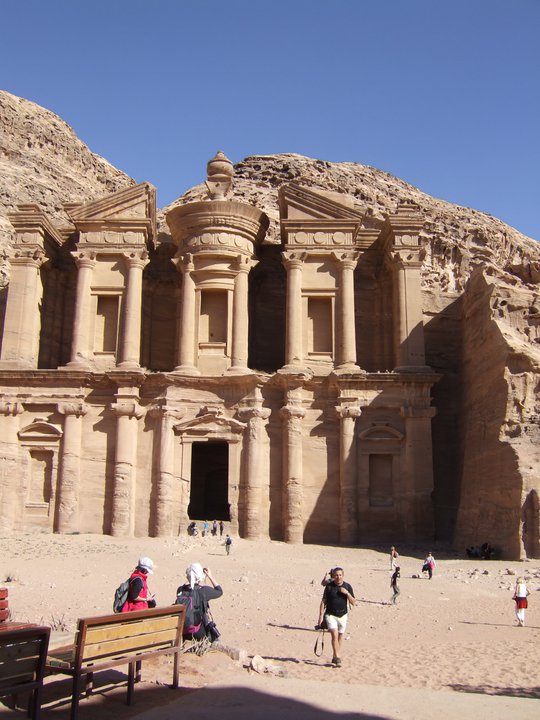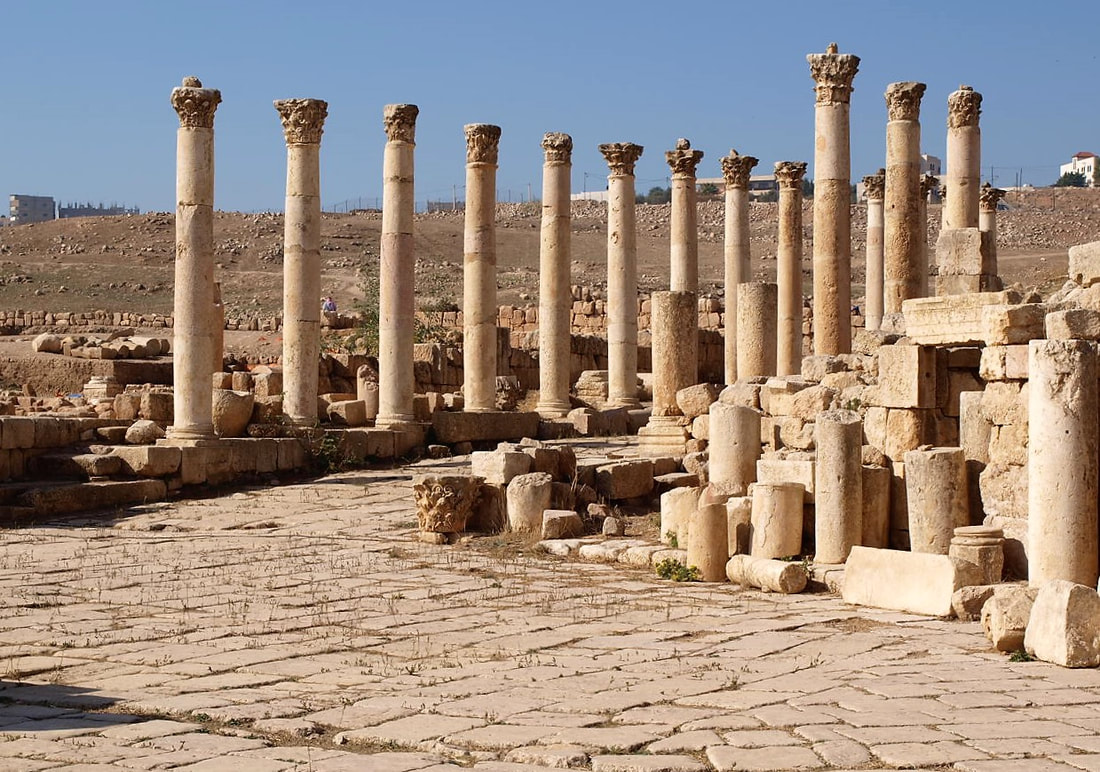what is Jordanian literature?
Jordan is one of those countries that are hard to grasp, if I am to characterise briefly the literary traditions that are to be associated with the modern notion of a country known as Jordan. The territory is that of the oldest cities on earth, often associated with the biblical story of Sodom and Gomorrah. Later on, the Jordan valley participated in the greater history of the Arab world, having little or no individuality in the context of subsequent caliphates, including the Turkish one. The modern country emerges on the map of colonial negotiators dictating the future of the Middle East after the ww1. This 20th-century country shares its writers with the larger Arabic world, especially with Palestine: Mahmoud Darwish, Fadwa Touqan, and Ibrahim Nasrallah are the names that gained the greatest notoriety.
noncultural vs cultural morphogenesis
The Desert has its own ways of emerging: the erosion transforming rocks into sand, the aeolian forces constantly shaping and reshaping the dunes. This is also how it regenerates its primordial condition, wipes off the signs of human presence. Yet the human is intrusive, its inscription constant. The Desert is covered with signs, traces, ruts. Enclosures are constantly created against its unyielding openness, establishing the starting distinction of the cultural: the inner and the outer.
|
Vertical Divider
|
The notion of the Desert haunted me for years as one of the central leitmotivs of the Western tradition, one of the crucial concepts structuring the European thought throughout the ages. The Desert is a sort of anti-world opposed to our own, a non-place opposed to places we inhabit. It is obviously a distant echo inscribed in monotheistic traditions, that come to us from real deserts, the space of crucial encounters with God that remains, haunting by its emptiness, even when God is no more. This is why the Desert appeared in the title of my book on Saramago in 2005. Between October 2013 and January 2014, I also led an experimental seminar under the title "The Desert: space of encounter" at the University of Warsaw. It accentuated the modern and post-modern perspective, with Flaubert, Nietzsche, Kafka, Deleuze. Nonetheless I tried to contextualize those modern visions of the Desert in a larger perspective, treating the notion as a constant recall of the origins, the auroral moments of Judaism, Christianity and Islam - the presence of beginnings constantly operating in our creative and intellectual becoming.
The Desert represents the void, the empty space that is the primary condition of any creative endeavor. As opposed to the city, the Desert is free from human constructions; it opens thus the crucial opportunity of an encounter with what is radically non-human: with the divine - and all the monstrosity of the divine, revealed in the temptation of Saint Anthony. The temptation of Desert as a space of an anti-philosophical eroticism appears in Nietzsche. The opposition of the nomad and the city-dweller is productive in Kafka, and thus in Deleuze and Guattari. For Agata Bielik-Robson, the suspended existence bemidbar, between Egypt and the Promised Land becomes a parable of our time. For myself, the forgotten modality of anachoresis, the crucial "exit" towards the Desert, becomes a warrant of originality, the ever-lasting promise of an absolute beginning. Certainly, the Desert is a metaphor pointing to whatever is primordial in our cultural constructs, to the foundations. But I strive for a personal experience of its silence, for my own anachoresis. This is how I could verify the precariousness of the Desert, the fragility of its silence. Its surface is covered by crisscrossing traces, signs of presence. |
I have readT.E. Lawrence, The Seven Pillars of Wisdom: A Triumph (1922)
|
Vertical Divider
|
I have written... nothing ...
|























